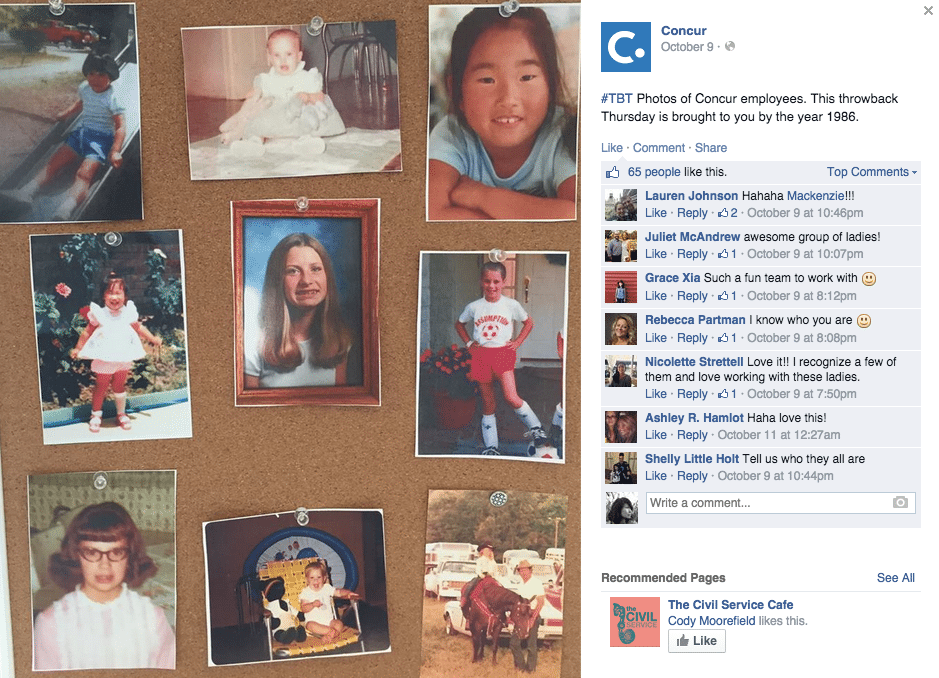How Travel Tech Companies Humanize Their Brands on Social

Skift Take
B2B travel companies are taking advantage of social media's inherent function of connecting with real people.
Traditionally, social media was used to communicate between friends and the businesses that try to reach them.
Not anymore.
As of last year, travel technology companies noticed that their social media platforms were miles away from the social presence of business-to-consumer companies. A few of these companies decided to take advantage of the opportunity to reach and connect with customers, potential customers, and employees on LinkedIn, Facebook, and Twitter.
The marketing challenges that they face include a complex product suite, a non-consumer audience, and longer sales cycle. Amadeus, Concur, and Sabre -- which largely have enterprise and small- to medium-size businesses as customers -- have gone a level deeper by interacting with clients not as businesses, but as the people behind the brand.
They empower employees to provide a lens into company culture, industry expertise, and human interests to increase awareness and conversations. For the most part, all three have similar goals but each has its own strengths on how to humanize its brand on social.
Sabre: Empower employees to build awareness and thought leadership
I
